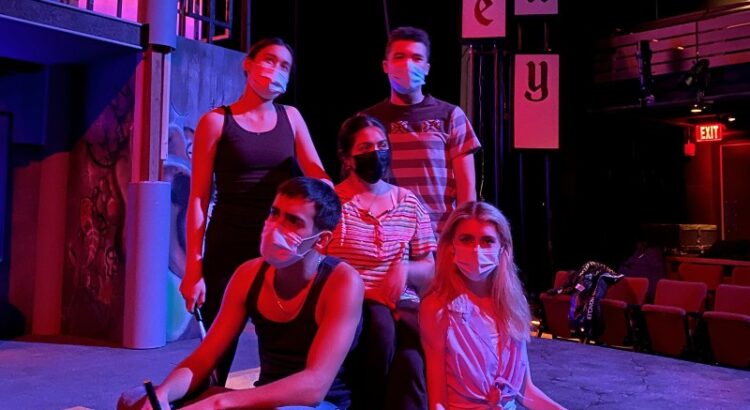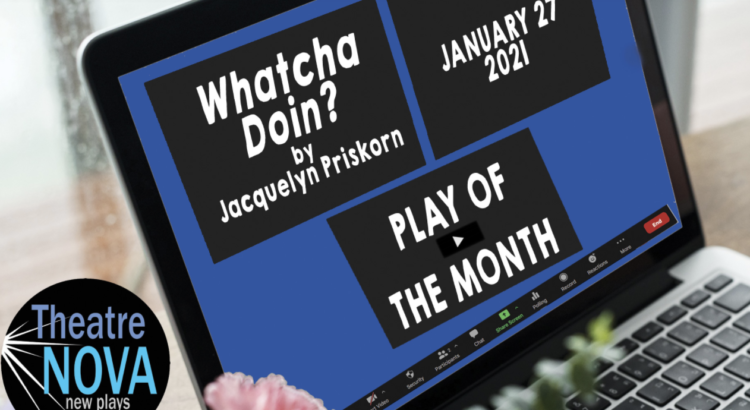November 16-18 was the showing of Mirit Skeen’s Accidental Death of an Anarchist. Each directing major is tasked with directing a full-length show during their senior year, and this play was chosen and directed by Mirit Skeen in fulfillment of the requirement. ADOAA is a political farce written by Dario Fo and translated into English by Ed Emory. First performed in 1970 in Italy, it’s a timely tale of the 1969 Piazza Fontana bombing and the death of Giuseppe Pinelli while being interrogated by the police.
As an admirer of Mirit Skeen’s directing work, this was no disappointment. This piece is not for the faint of heart, and a huge work to tackle in just a few weeks. There are moments when I come across performances at SMTD that remind me of the incredibly high level of art we are surrounded by. This was one of those moments. Hailing from one of the best music and theater schools in the country, it is a gift to see peers and colleagues at work creating inventive works of art.
The cast consisted of 6 actors including Nathan Goldberg (BFA 24′), Lenin Izquierdo (BFA 24′), Jalen Steudle (BFA 24′), Jack Weaver (BFA 24′), Hannah Gansert (BFA 25′), Casey Wilcox (BFA 24′). With a seasoned troupe of actors, each character was thoughtfully produced and executed. Some moments indulged absolute clownery—and those were the audience favorites. The energy brought by the actors was reciprocated by the 11 pm audience.
Historically, it was unknown if Pinelli’s death was a suicide or a framed murder. The police claimed the death was a result of suicide or an unconscious fall. The judge ruled it as an “accidental death”. However, evidence later supported the event to be a cover-up aimed to avoid investigation and obscure complacency with the guilty neofascist groups. These groups were working to impede the spread of communism, labor, rights, and political decent. Four of the characters in the play are police officers aiming to close and cover up the case (all with unique personalities and intentions). The character of the Maniac (Weaver) infiltrates the inner workings of the corrupt system, using an archetypal clown-like persona to critique the flawed investigation. This included the Maniac breaking the fourth wall, revealing the innate relevance of the piece to the audience.
There was a note from the dramaturgy team (Naomi Parr and Ty Amsterdam) that particularly spoke to me moments after seeing the show: “Perhaps there’s a comfort to be found in 2023 that we are not alone in grappling with staggering polarization, rampant disinformation, and the complexities of responding to terror. Even while democracy dies in darkness and the truth is more important now than ever, perhaps we can turn back to the court jesters to speak truth to power. Or if nothing else, at least we can revel in a Maniac in public office whose term limits start at lights up and end at curtain call.” I appreciated this brilliant inscription from the team, and it encapsulates precisely the message transmitted through Mirit’s direction.
Next from the SMTD Department of Theater is Imogen Says Nothing, a hilarious feminist hijacking of Shakespeare. This Aditi Kapil play will be performed at the Power Center from November 30th-December 3rd.
Image thanks to Mirit Skeen on Instagram.








